This article would not have been possible without the help of our patrons! If you like what you read, please support us on Ko-Fi!
First, I would like to discuss the festival itself. How did the Tokyo Anime Awards Festival come into being? I understand it was connected to the Anime Fair held at Tokyo Big Sight.
Koji Takeuchi: I believe the Anime Fair began in 2004 or 2005. It wasn’t initiated by us, but it originated around the same time we did. There were discussions about whether manga should be accessible to the public, concerns about potentially harmful content, and so on. This prompted the idea of rethinking the organization of the Anime Fair. In 2014, it was decided to split the Anime Fair into two separate events, leading to the official launch of the Tokyo Anime Award Festival in 2014. As the Tokyo Anime Award Festival is a film festival, our aim has been to support creators by showcasing a variety of animation works.
Could you explain to us the Shintaro Ishihara incident?
Koji Takeuchi: (laughs) Well, I can’t really explain. Looking from the outside, it did seem like there was a sort of incident. He stated that displaying works depicting sex or incest publicly should be prohibited. However, this did not imply a complete ban on such works, just stricter restrictions on where they should be displayed. This was misunderstood by many people, leading to protests from various organizations, including The Association of Japanese Animations. From my personal viewpoint, I found their reaction somewhat unreasonable. Because what Ishihara suggested was just putting magazines containing sexually explicit content or other prohibited material on special shelves instead of at the front of bookstores. Therefore, it’s not as if we did advocate for a complete prohibition.
It seems natural, isn’t it? Displaying porn on convenience stores’ shelves is outrageous.
Koji Takeuchi: Of course. The Association of Japanese Animations typically aims to create animations that can be enjoyed by a wide audience, including ordinary people. Therefore, what we produce does not inherently conflict with the freedom of expression. So it felt like they were the ones trying to limit freedom of expression alongside magazine publishers.
Nowadays, there are two events happening simultaneously, Anime Japan and the Tokyo Anime Awards Festival. Personally, I’m not a fan of Anime Japan. While I appreciate anime, I’m more drawn to the artistic aspect of it, which includes animators and their craft, rather than just focusing on voice actors. Anime Japan feels more like a commercial market to me. What are your thoughts on this?
Koji Takeuchi: You are right. While Anime Japan serves its purpose for those who are looking forward to it, it primarily revolves around selling merchandise and attracting crowds for commercial purposes. The focus is on gathering voice actors to draw in audiences rather than directly benefiting the animation creators themselves.
That’s right. But I feel like animators and directors nowadays tend to be less inclined to participate in such events compared to the past.
Koji Takeuchi: That’s because there is a lack of platforms for discussions. In the past, magazines like Animage, Animedia, and Kadokawa’s magazine — although I can’t recall its exact name — put a lot of effort into featuring the voices of animation directors and professionals in the field. It was especially the case for Animage. However, as the popularity of voice actors surged, magazines began to prioritize them due to their sales-boosting effect, sidelining animation directors. Consequently, opportunities for animation creators to share their insights dwindled. Nowadays, there are fewer animation enthusiasts keen on such stories, with more gravitating towards superficial glamor. In a way, it’s inevitable.
What’s necessary is, as you mentioned, establishing a platform where people can delve into the minds of animation creators and understand their creative processes. This is something our film festival should strive to cultivate
There isn’t much in magazines anymore, aside from Animestyle or Mr. Inoue’s interview column for Newtype.
Koji Takeuchi: Toshiyuki Inoue, right? Yeah, that’s about it.
Let’s delve into the Tokyo Anime Awards Festival. Unlike other gatherings, this one predominantly features animators and creators. While there are talk shows, I do think the event still lacks some sense of festivity. A festival embodies a celebratory ambiance, yet this year lacked a space for communal gatherings. Pardon my frankness, but how do you envision fostering an atmosphere akin to the Hiroshima Festival? A space where guests, journalists, and everyone else can engage in lively discussions while sharing drinks?
Koji Takeuchi: You know, considering the recent challenges posed by the pandemic, we were unable to proceed with the event in 2020 as planned. We resorted to online formats and other alternatives during that time. However, I’m pleased that we are finally able to host the event in person this year. Given that this is our inaugural year, I’d appreciate your patience while we iron out the details of the event.
I understand. Were there more people attending before Corona?
Koji Takeuchi: My aim is to create a space where both international and Japanese creators could have conversations, which isn’t something easily accessible to the general public. I’m hopeful that this sort of initiative will continue to grow and evolve. Because we receive significant funding from the Tokyo Metropolitan Government and The Association of Japanese Animations is a reputable organization, we can’t make socializing and informal discussions the main focus of the event. As a result, we have to arrange additional activities for people to gather and socialize informally.
But wouldn’t that be quite difficult to organize in Ikebukuro?
Koji Takeuchi: Why do you think so?
Well, in Ikebukuro, there are a lot of small spots tucked away in larger buildings. There are a variety of options, but where do you think we should head in Ikebukuro?
Koji Takeuchi: I’m not quite sure. It’s true that the atmosphere of each city is very important for festivals. You see, Hiroshima is more of a regional city, which is why hosting festivals there is more feasible. When a festival happens, it seems like the entire city is taken up inside it. Tokyo, on the other hand, is vast and complex, making it a bit trickier. Perhaps that considering places like Hachioji, which is a bit further from the heart of Tokyo, might be a better option.
We actually explored various wards, examining factors like the number of movie theaters, transportation accessibility, and so on. Among all these considerations, Ikebukuro emerged as the top choice due to its abundance of movie screens and excellent transportation links. Essentially, Ikebukuro serves as a hub connecting the eastern and western parts of Tokyo seamlessly. You can even go there directly from Yokohama. That’s precisely why we settled on Ikebukuro. So, let’s hope we can find a suitable venue where everyone can gather in Ikebukuro. Personally, I’m all for a drink!
Since we still have some time, could we talk about Director Miyazaki?
Koji Takeuchi: If we start talking about Miya-san, we’ll only end up delving into old stories. (laughs)
Sure, but what are your thoughts on his last work? It’s intriguing not to disclose anything about it, isn’t it?
Koji Takeuchi: No, that’s Mr. Suzuki’s policy, so I don’t think he has much say in it. Besides, even if they stay silent, the audience will likely still come to see the movie.
Yeah, but turning down screenings at Cannes and Annecy? That does seem odd, doesn’t it?
Koji Takeuchi: Well, even if you ask me, I don’t know.
Well, personally, I believe Miyazaki might aim to surprise everyone with the content of his film. What are your thoughts?
Koji Takeuchi: No, that’s not how I see it with Mr. Miyazaki. He doesn’t approach things that way. I think Mr. Suzuki is the one who’s primarily concerned with how to engage the audience. Whether or not it’s showcased in Cannes doesn’t really matter in that regard.
Cannes asked them for a screening, but they refused.
Koji Takeuchi: I believe Mr. Miyazaki would likely decline. His fundamental principle is to create films primarily for the Japanese audience, particularly the youth. Therefore, I think he would prefer to debut the film to Japanese audiences first. However, I can’t say for certain as I’ve never discussed this topic with him.
We had discussed this in our previous interview, but many people were curious about why Director Miyazaki decided to stop working on Anne of Green Gables.
Koji Takeuchi: This is just my opinion, and to find out the real reason why Miyazaki quit Anne of Green Gables, you’ll have to ask Miyazaki himself. However, before that, Miyazaki had already worked on Future Boy Conan and had found a way to satisfy his own artistic vision. When he realized that his vision for Anne differed from Mr. Takahata’s, he felt compelled to pursue his own unique approach. Mr. Miyazaki realized that what he wanted to do was different, and so he wanted to move to something else. Just at that time, Mr. Otsuka was facing difficulties with Lupin, and he invited Miyazaki to join.
What makes Isao Takahata’s Anne of Green Gables remarkable is his interpretation of the original source material, which reveals a deeper, more complex character than initially apparent. Mr. Miyazaki envisioned a vibrant and lively portrayal of Anne, reminiscent of characters like the protagonist in Panda! Go, Panda! or Pippi Longstockings. Given Mr. Miyazaki’s penchant for reimagining stories, his vision for Anne of Green Gables didn’t align with Mr. Takahata’s interpretation. Ultimately, he sought to create a work of art that fulfilled his own creative aspirations.
Was it the same with Little Nemo?
Koji Takeuchi: No, I think it was quite different.
Why did he give up on Nemo, then?
Koji Takeuchi: For Nemo, both Mr. Miyazaki and Mr. Takahata attempted to align with the policy established by Mr. Fujioka and Gary Kurtz at the time. However, the stance was never solidified, leading to frustration on their part. Therefore, I don’t attribute the issue to Mr. Miyazaki or Mr. Takahata, not even to Gary Kurtz and Yutaka Fujioka. It was just this instability, this breach between them, that made the project fall off.
We wish to thank Mr. Takeuchi and Ms. Kuroda for their time and kindness.
Interview by Ludovic Joyet
Transcription and translation by Antoine Jobard
Like our content? Feel free to support us on Ko-Fi!
You might also be interested in
Oshi no Ko & (Mis)Communication – Short Interview with Aka Akasaka and Mengo Yokoyari
The Oshi no Ko manga, which recently ended its publication, was created through the association of two successful authors, Aka Akasaka, mangaka of the hit love comedy Kaguya-sama: Love Is War, and Mengo Yokoyari, creator of Scum's Wish. During their visit at the...
Ideon is the Ego’s death – Yoshiyuki Tomino Interview [Niigata International Animation Film Festival 2024]
Yoshiyuki Tomino is, without any doubt, one of the most famous and important directors in anime history. Not just one of the creators of Gundam, he is an incredibly prolific creator whose work impacted both robot anime and science-fiction in general. It was during...
“Film festivals are about meetings and discoveries” – Interview with Tarô Maki, Niigata International Animation Film Festival General Producer
As the representative director of planning company Genco, Tarô Maki has been a major figure in the Japanese animation industry for decades. This is due in no part to his role as a producer on some of anime’s greatest successes, notably in the theaters, with films...
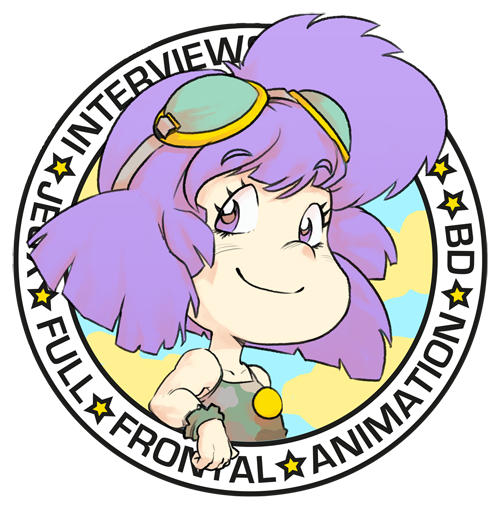
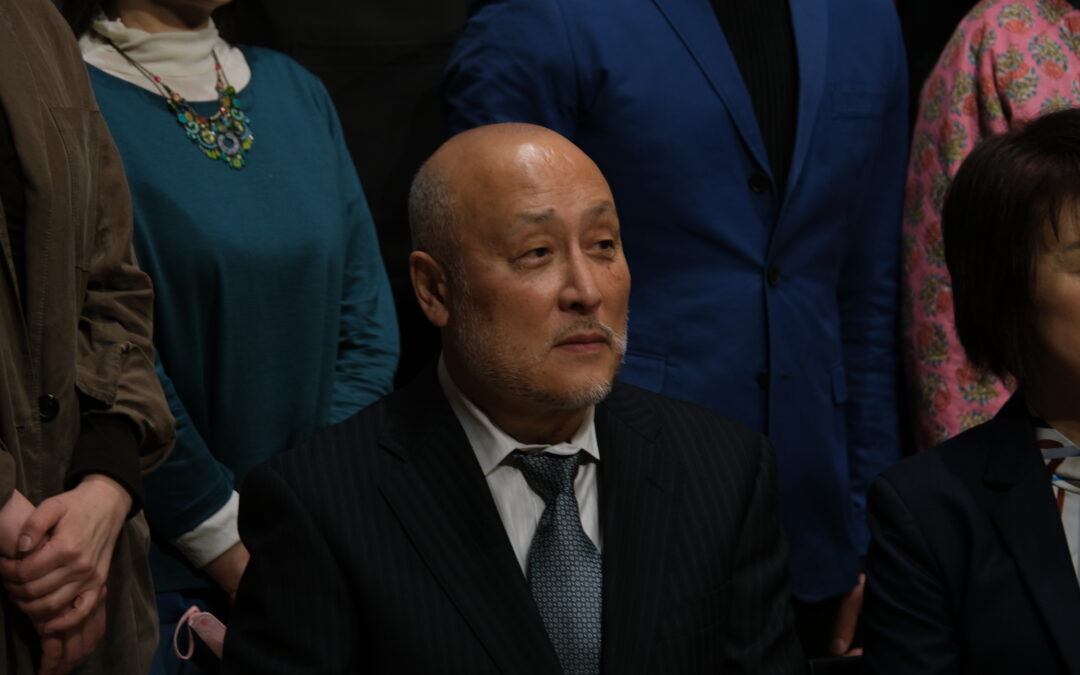
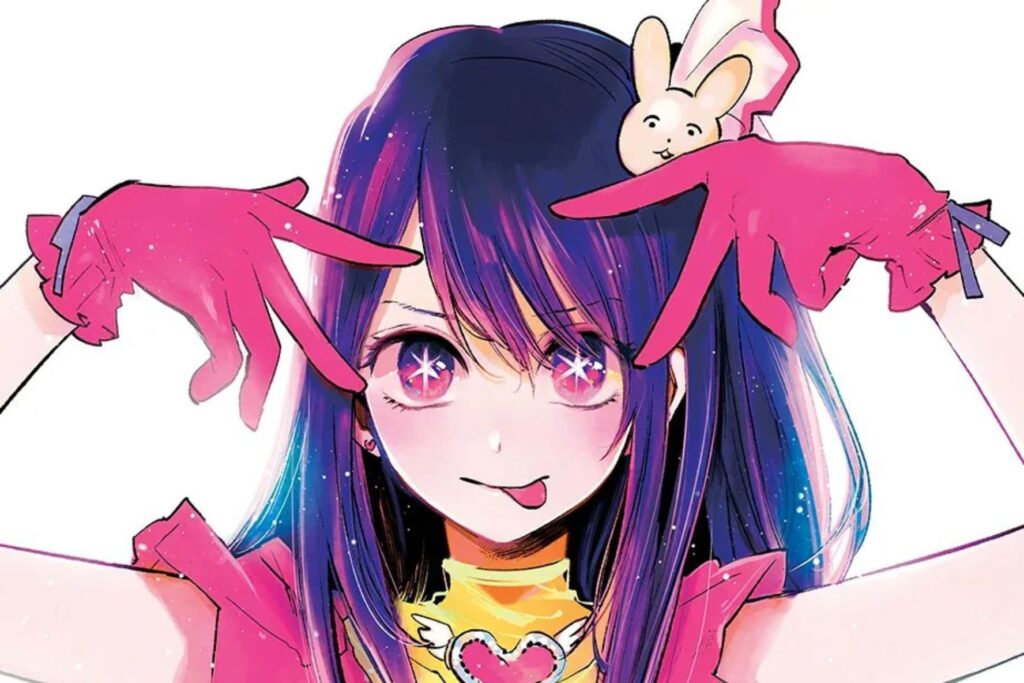
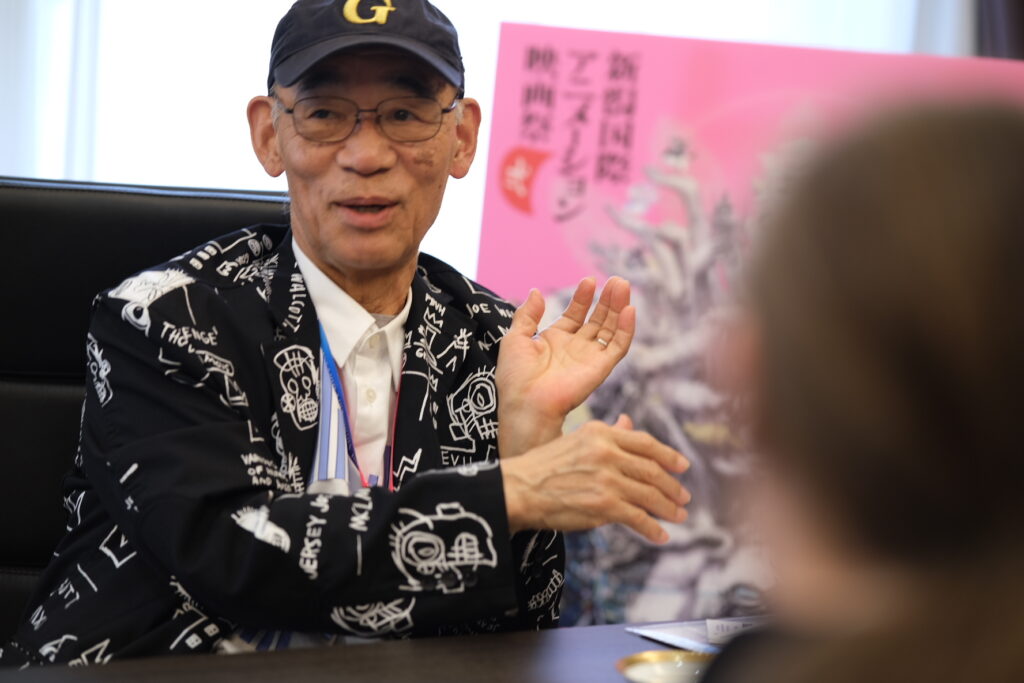
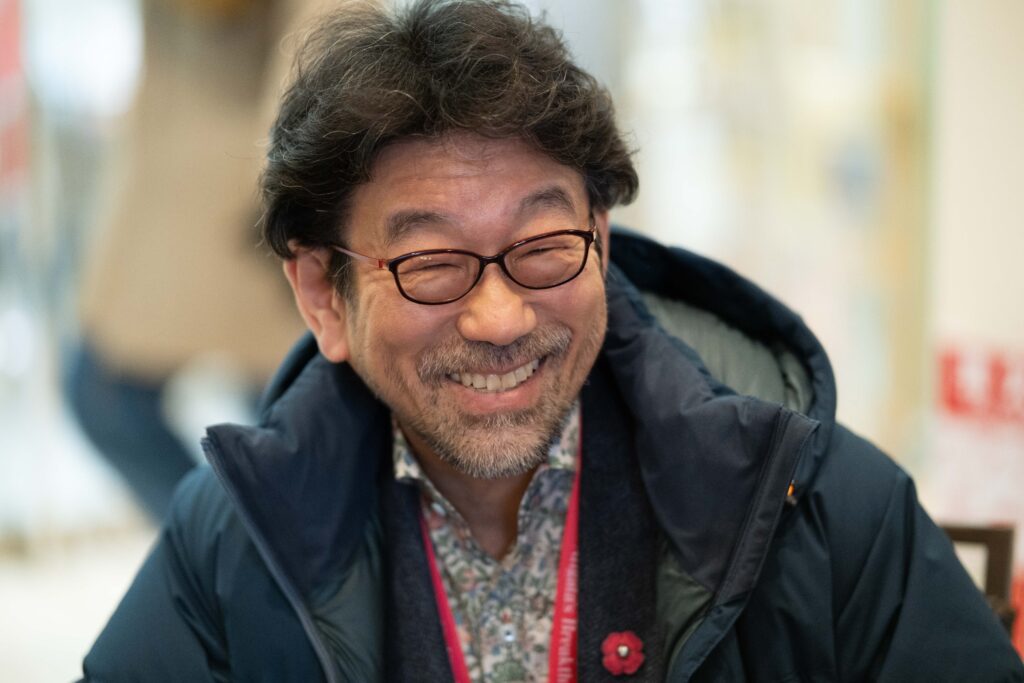
Great Interview